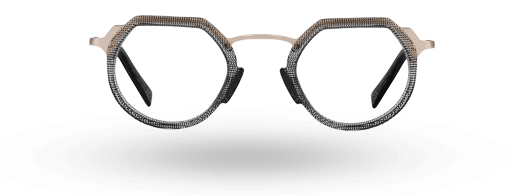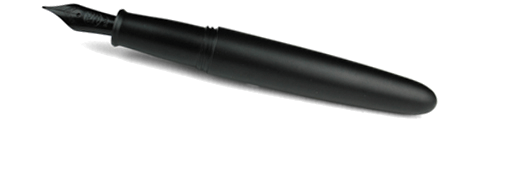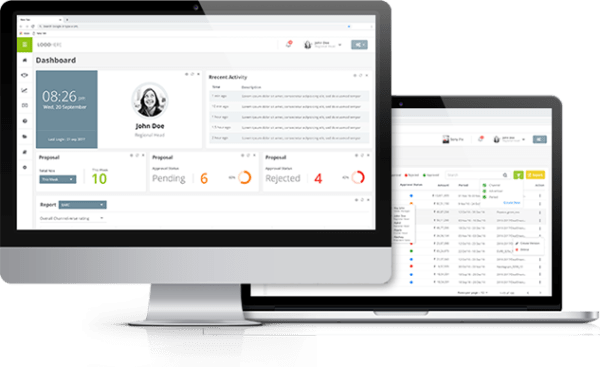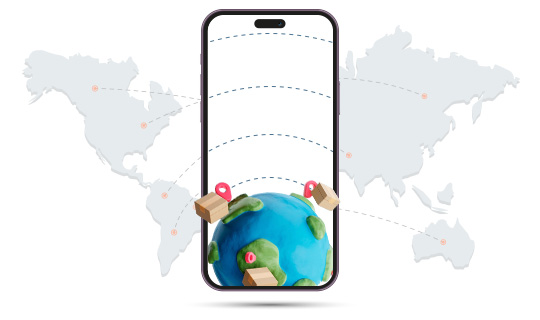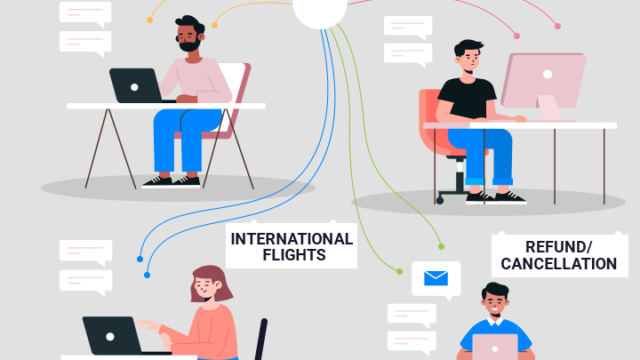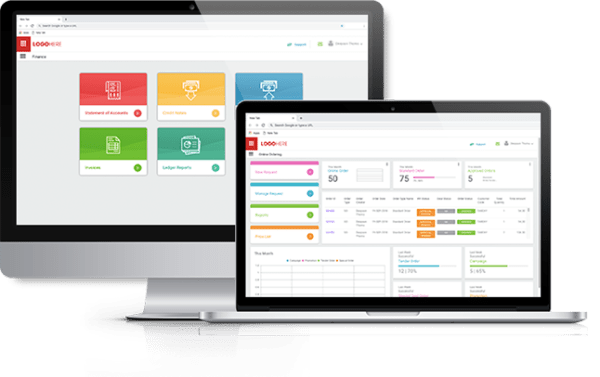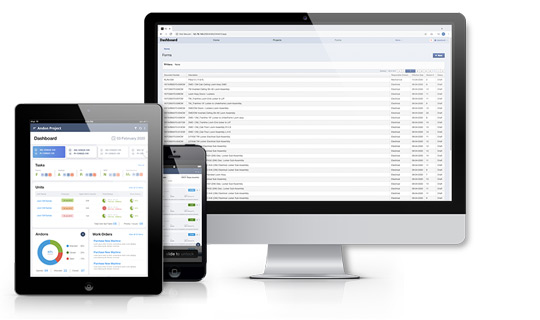Rapid prototyping for software product development – the latest trends
Rapid prototyping in software product development services refers to a method of quickly creating a functional model or prototype of a software product, to gather feedback and make improvements before the final product is released. This approach allows for a more efficient development process and can lead to a better end product that more closely meets the needs of users.
Rapid prototyping allows developers to test out new ideas, gather feedback from potential users, and identify and fix any issues before committing to a full-scale development effort. This approach can be especially useful for businesses that want to quickly test out new ideas or gather feedback from potential users without having to invest a lot of time and resources into the development process.
There are several different methods and tools that can be used for rapid prototyping in software product development services. One popular method is paper prototyping, where teams create a low-fidelity prototype using paper and pencil. This allows for quick and easy testing of different design options and can be done in a relatively short amount of time.
Another method is digital prototyping, where teams create a high-fidelity prototype using design software such as Sketch or Figma. This method allows for more detailed and interactive prototypes and is often used in later stages of the development process.
There are also specialized tools and frameworks available for rapid prototyping, such as InVision etc. These tools allow for the creation of interactive and clickable prototypes, making it easy for teams to test different design options and gather feedback.
Latest trends in Rapid Prototyping
Rapid prototyping is a method of quickly creating a functional model or prototype of a software product, to gather feedback and make improvements before the final product is released. The latest trends which are given below, allow for more efficient development, better end products, and more realistic and interactive prototypes.
– Use of low-code and no-code platforms
These platforms allow non-technical users to create simple prototypes without the need for coding skills. This can be especially beneficial for businesses that want to quickly test out new ideas or gather feedback from potential users without having to invest a lot of time and resources into the development process.
– Use of virtual and augmented reality (VR and AR) in rapid prototyping
VR and AR can be used to create highly realistic and interactive prototypes that allow users to experience a product or service in a way that is similar to how it will function in the real world. This can be especially useful for products that are difficult to replicate in a traditional prototype, such as virtual reality games or augmented reality-enabled medical devices.
– Use of AI and Machine Learning in rapid prototyping
AI and ML can be used to create intelligent prototypes that can learn from user interactions and improve over time. This can be especially beneficial for products that need to adapt to changing user needs or market conditions, such as personalization and recommendation features in e-commerce platforms.
– Use of cloud-based tools and platforms in rapid prototyping
Cloud-based tools allow teams to collaborate on prototypes in real-time, regardless of their location. This can be especially useful for distributed teams or teams that need to work on prototypes while on the go.
In conclusion, rapid prototyping is a valuable method for software product development services. It allows for faster iteration, early user testing and feedback, better communication and collaboration, and ultimately a better end product.
By utilizing paper prototyping, digital prototyping, and specialized tools, teams can quickly validate design and usability before committing to full development. Zinemind’s Rapid prototyping is a great way to ensure a successful software product development process. For more details, reach us at – https://www.zinemind.com/service-offerings-software-development/product-development/

